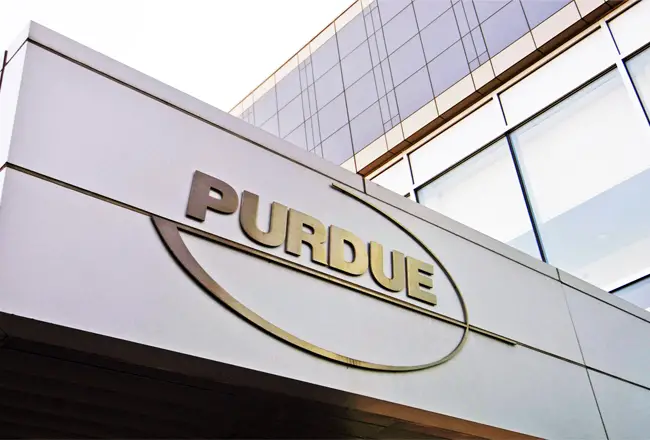Gov. Dannel Malloy delivered his third revised two-year budget plan today that would ease proposed municipal aid cuts and other cost-shifts onto cities and towns by nearly $775 million.
Malloy’s proposals include:
- Implementing systemic budget reforms, including new spending cap definitions, new limitations on revenue to support future budgets, decreased reliance on the most volatile revenue sources, stress-testing of the state”™s pension funding approach and voting on collective bargaining agreements.
- Implementing mandate relief for local governments, including adjustments to prevailing wage thresholds, delaying Commission on Human Rights and Opportunities oversight of municipal projects, reviewing binding arbitration for local governments and allowing negotiation over employee contributions to Municipal Employees Retirement System.
- Addressing the critical needs of Hartford and others that may struggle in the future with a new municipal accountability framework that will ensure that extraordinary state resources are only available with extraordinary accountability and oversight.
- Establishing the “Passport to Parks” fund to eliminate all parking fees for Connecticut residents at state parks and beaches, and to provide a dedicated revenue source for state parks.
- Restoring many of the reductions to private providers that were implemented under the executive order. Funding for Employment Opportunities and Day Services is $13.5 million more than under the executive order; funding for grants to providers of mental health and substance abuse services is up more than $8.2 million compared to the executive order; and funding for Community Residential Services provided to those with developmental disabilities is $27.5 million higher than the executive order.
- Taking the first steps to address the ongoing crumbling foundation crisis, with funding for an additional staff person to help coordinate the state response, as well as $10 million in bond authorizations each year for six years.
In addition, the governor”™s budget will make the following adjustments to municipal aid:
- Accommodate an increase of more than $850 million in fiscal year 2018 in various types of municipal aid over the current Executive Order Resource Allocation Plan.
- Phase in a progressive education funding formula that ensures the state”™s most struggling school districts receive the resources they need, including holding alliance districts harmless and providing 21 struggling districts additional funding in FY18, and 38 districts additional funding in FY19.
- Ask cities and towns to contribute only the employer share of educator pension payments for their current employees (known as “normal cost”), and phases in those payments over a two-year period.
- Streamline several town aid grants making it simpler and more transparent and allow the state to bring more resources to bear in struggling towns and school districts. Capital grants (Town Aid Road, Local Capital Improvement Program and Grants for Municipal Projects) remain separate and are fully funded.
Finally, the new plan reflects adjustments to revenue. They include:
- Raising the sales tax rate to 6.5 percent and raising the sales tax on restaurants to 7 percent statewide. Malloy maintains that those two changes will result in revenue gains of $87 million in FY18 and $133 million in FY19.
- Revising provider tax provisions and increasing the tax rate to generate additional general fund revenue that will support health care investments and garner $250.7 million in FY18 and $219.8 million in FY19 in federal grant revenue, leveraging an additional $47.2 million in FY18 and $113.1 million in FY19. This represents a shift away from the governor”™s original budget put forward in February, which proposed a local option for taxing hospitals”™ real property for municipal revenue and then offsetting that tax with supplemental payments to hospitals. Hospitals will gain approximately $52 million each year compared to FY17, and more than $300 million compared to the executive order budget.
“We cannot continue down a path of operating the state without an adopted budget ”“ we must meet one another in the middle,” Malloy said. “To reach compromise, I have scaled back some of my proposals, I have adopted some of the best ideas from legislators of both political parties, and I have tried to be responsive to the needs of municipalities within the limited resources the state has at its disposal.
“This budget represents real, structural change,” he continued, “and it uses new revenues only as a last resort after achieving historic labor concessions and making hundreds of millions of dollars in difficult spending cuts.”
For more information, see: Governor”™s Compromise Budget Proposal for the FY18-FY19 Biennium.






















